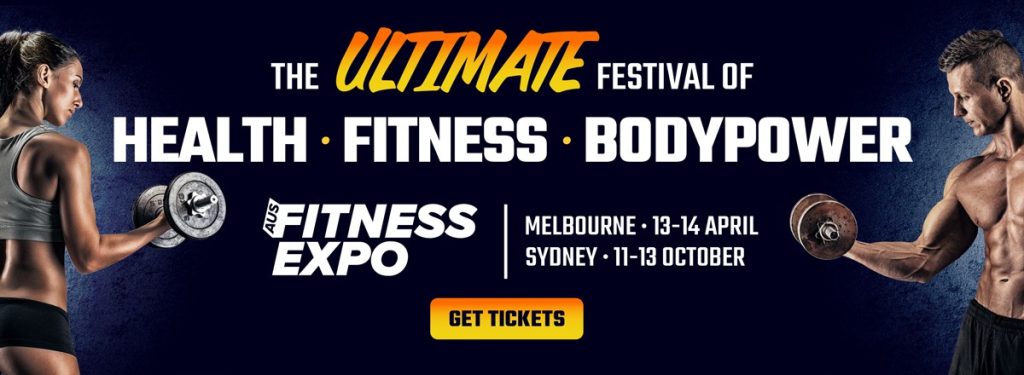Now in it’s 12th year, the Annual Survey of Worldwide Fitness Trends has returned its findings of the top 10 predictions for fitness trends in 2018.
Conducted by the American College of Sports Medicine (ACSM), the fitness trends forecast was released last week in the article “Worldwide Survey of Fitness Trends for 2018: The CREP Edition” and is now published in the November/December issue of ACSM’s Health & Fitness Journal®.
The 2018 online survey listed 40 possible trends, including the top 25 trends from previous years. The survey was constructed using a Likert-type scale ranging from a low score of 1 (least likely to be a trend) to a high score of 10 (most likely to be a trend). The first step in the survey analysis was to collate the responses and then to rank them from highest (most popular trend) to lowest (least popular trend).
The process of extraction and collection of the survey results is as interesting as the results themselves, which we go into more detail a little later in this article. In the meantime, we list the ‘top 20’ of 40 from the 2018 survey with some notable shifts:-
- High intensity interval training (3rd in 2017)
- Group training (6th in 2017)
- Wearable technology (1st in 2017)
- Body weight training (2nd in 2017)
- Strength training (unchanged)
- Educated, certified and experienced fitness professionals (4th in 2017)
- Yoga (rising from 8 in 2017)
- Personal training (9th in 2017)
- Fitness programs for older adults (11th in 2017)
- Functional fitness (12th in 2017)
- Exercise and weight loss
- Exercise in medicine
- Group personal training
- Outdoor activities
- Flexibility an mobility rollers
- Licensure for fitness professionals
- Circuit training
- Wellness coaching
- Core training
- Sports-specific training
One of the most interesting observations to make from the 2018 predications is that despite bad press around the perceived risks associated with HIIT and that survey respondents noted some clients are reluctant to participate in HIIT (and fitness pros shared those concerns), it continues to grow in popularity in gyms around the world, moving from 3rd in 2017 to 1st in the 2018 predictions.
The online survey was sent to 114,455 health fitness professionals from over 40 countries (including Australia and New Zealand) with results collated over six weeks from 4,133 responses – a return rate of 4%.
Because this is a survey of trends, respondents were asked to first make the very important distinction between a “fad’ and a “trend”.
Trend* : “a general development or change in a situation or in the way that people are behaving”.
Fad**: “a fashion that is taken up with great enthusiasm for a brief period”
Seen as a guide (as no-one can accurately predict the future), the survey is successfully tracking trends which could aid the health and fitness industry by assisting in critical programming and business decision making. The survey was also designed to confirm or to introduce new trends (not fads) that have a perceived positive impact on the industry.
Survey results are applicable across four sectors: (i) commercial for-profit clubs, (ii) clinical or medical fitness programs, (iii) corporate wellness program and (iv) community not-for-profit fitness programs (think YMCA).
Just as trends identified in earlier surveys could predictably appear for several years, fads may also appear, but will unsurprisingly drop off the list in subsequent years.
Two noticeable trends missing from the top 20 were indoor cycling (22nd) and boutique fitness studios (32nd). Is this confirmation from a representative group of the industry that what were previously perceived to be a trend were actually a fad, i.e. “a fashion that is taken up with great enthusiasm for a brief period”? Look forward to some comments on that Q?
From recorded age groups, ‘Generation Z’ (up to 22 years of age) accounted for around 1% of survey results, with 28% aged 22-34, 16% were aged 35-44 and 15% aged between 45-54.
Other interesting finding from the 2018 survey include:-
Demographics: 56% of respondents were female, 38% of respondents had over 10 years industry experience, and 20% more than 20 years of industry experience.
Income: Around 20% of the respondents would ‘rather not disclose their salary’, 25% of all respondents said they earned more than US$50,000, which included 5% who said they earned an annual salary in excess of US$100,000.
Occupation: Approximately 36% of respondents either owned their business or worked in a commercial fitness facility.
How do the sectors benefit as a result of the survey?
Commercial health clubs (those that are for profit) are the establishment of potential new markets, which could result in increased and more sustainable revenue.
Community-based programs (typically not for profit) can use these results to justify an investment in their own markets by providing expanded programs serving families and children.
Corporate wellness programs and medical fitness centres may find these results useful through an increased service to their members and to their patients.
* http://dictionary.cambridge.org/us/
** http://dictionary.reference.com/

